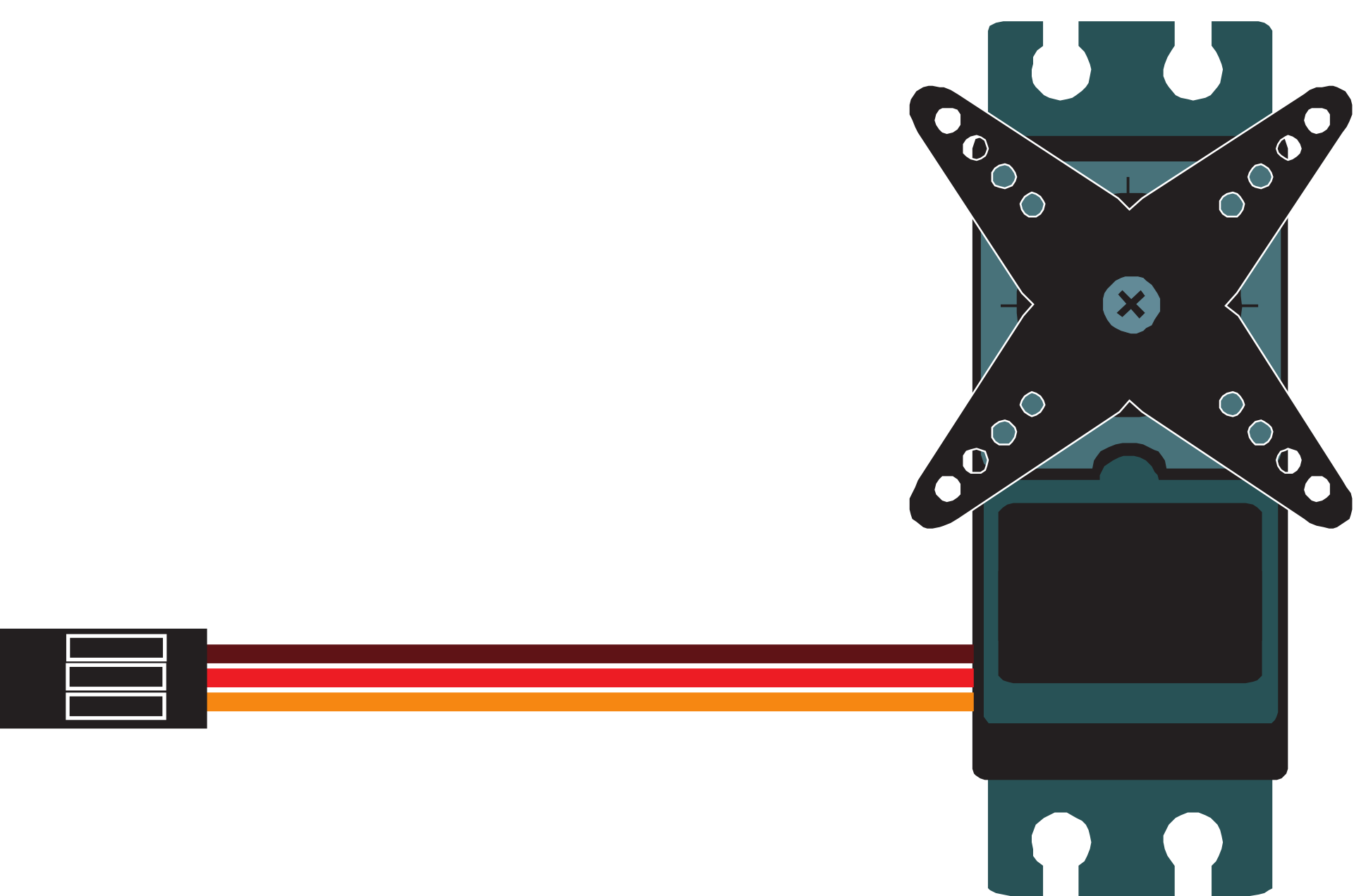Servo motor controls are everywhere. From machinery to robotics, they allow you to move objects around and hold them in place, often in a levitation state.
So how do you know if you need a servo motor control? Well, let’s take a look at server motor controls a little deeper and see how this brings about use cases.
What Is Servo Control?
Servos are a type of motor that an Arduino controls. They have many uses, but one common use is to control the position and speed of your robot arm or another robotic device. The servo has two wires: power and ground.
When you connect these, it creates a circuit that allows current to flow through the wire. In doing so, it causes the servo’s internal mechanism to spin to move its shaft. If there were no resistance inside the servo, then this would not happen.
Find Your Online Car Repair Manual Today! ->>
Types of Servo Controller
There are three types of controllers available for controlling servos. These are analog, digital, and pulse width modulation (PWM).
Each controller works differently, so we will go over each one here. We will also discuss how they work with Arduinos later on.
Analog Controllers
The most basic form of servo control is Analog. It consists of only two parts: A potentiometer and some wiring. In this setup, the potentiometer measures the voltage across itself.
Then, when you attach the positive terminal from the battery to the negative side of the pot, the output changes based on what voltage goes to the input. So if you apply 5 volts to the input, the output should change to about 10-15 degrees.
The advantage of using an analog controller is that it does not need any extra hardware. Yet, it requires more time to set up than the next option. Also, since it relies on the pot as feedback, it cannot measure very small angles precisely.
For example, if you want to turn this servo controller 90 degrees, you need at least a 1-volt difference between the inputs. But if you were to put 2 volts into the pot instead of one, you could get closer to 90 degrees.
Digital Controllers
A Digital controller is like an analog controller except that it adds another part to the system. Instead of measuring voltage direct, it converts the signal into pulses. These pulses tell the servo where to stop moving.
To do this, the pulse width determines how far the servo moves. As long as the pulse lasts longer than half a second, the servo continues spinning until the pulse ends. Once the pulse stops, the servo goes back to the original angle.
Pulse Width Modulation Controllers
PWM sensors receive signals in the form of pulses. PWMs convert these pulses into different amounts of power sent to the motor shafts. It allows us to make fine adjustments to our robot’s movements.
The amount of power sent depends on the length of the pulse. If there were no delay between the start and end of the pulse, then the servo would move all the time without stopping.
Servo Motor Controls Are Useful for Movement
Servo motor controls are very useful if you need movement. Robotics, remote control toys and vehicles or automated machinery all benefit from servo controls. Having control for your servo gives it the freedom to move around as you wish.
Keep reading our blog for more awesome content!






